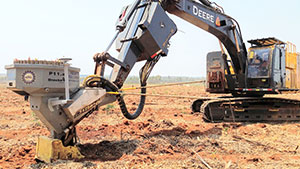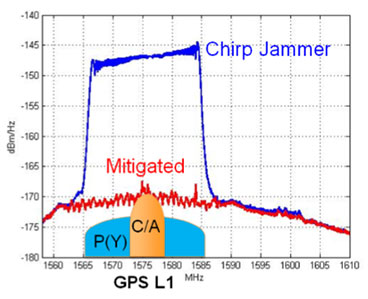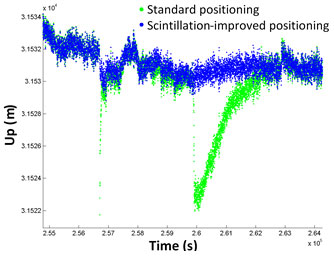25Apr
6 essentials for a machine control GPS receivers for earth moving, mining, construction applications
Looking for a GPS receiver for moving earth, mining or construction? Consider the following...
 GPS receivers can assist operators in making better decisions by providing precise position information (indicate-only mode). Or the GPS receiver, as part of a guidance system, can take over the operation of the machine’s implement itself (fully-automatic mode) to follow a preloaded design.
In fully-automatic mode, the RTK centimeter-level precision of the GPS guidance system is far more accurate and consistent than relying on the operator’s skill alone.
Trenches are dug to exact depths, tractors are steered in perfect rows, piling rigs know the precise location for planting piles and surfaces are fine graded the first time. Work is completed quicker, more cheaply and to a higher specification when the need to carry out frequent measurements and surveys is not needed.
Compared to a Total Station, a GPS RTK system setup is quick and doesn’t require any of the elements to be in line of sight. A single reference base station can furnish all rover machines on-site continuously with RTK differential corrections. The status of the project and location of every machine on-site is updated in real-time giving site managers a full overview of progress.
GPS receivers can assist operators in making better decisions by providing precise position information (indicate-only mode). Or the GPS receiver, as part of a guidance system, can take over the operation of the machine’s implement itself (fully-automatic mode) to follow a preloaded design.
In fully-automatic mode, the RTK centimeter-level precision of the GPS guidance system is far more accurate and consistent than relying on the operator’s skill alone.
Trenches are dug to exact depths, tractors are steered in perfect rows, piling rigs know the precise location for planting piles and surfaces are fine graded the first time. Work is completed quicker, more cheaply and to a higher specification when the need to carry out frequent measurements and surveys is not needed.
Compared to a Total Station, a GPS RTK system setup is quick and doesn’t require any of the elements to be in line of sight. A single reference base station can furnish all rover machines on-site continuously with RTK differential corrections. The status of the project and location of every machine on-site is updated in real-time giving site managers a full overview of progress.
GPS Receivers
Machine control applications are among the most challenging for GPS receivers. The physical and radio environments can be difficult enough but operators will always try to push their equipment to its limits. So what GPS receiver capabilities are needed for consideration as a suitable candidate for machine control? There are six prime considerations.
1) Position precision in difficult conditions
In RTK mode, using a base station that’s not too far away, high-end GPS receivers calculate position with a precision of less than 1 centimeter (0.4 inch). Difficult conditions can degrade the position precision and can even result in wrong position fixes. Construction sites present their own set of challenges. Large structures and other machines nearby can cause multi-path. Foliage can be particularly problematic for GPS signal quality. And operators can’t always be assured of a clear view of the sky. Any GPS receiver worth its salt should be adeptly manage the typical conditions on a building site. The consequences of a wrong position fix can be costly and time consuming. A piling operator needs the exact position and orientation of the rig to plant a pile. After all, there are far better ways to spend time than extracting wrongly-placed piles.2) Low latency and high data output rate
Latency is the time it takes for the receiver to calculate and output a position. Lower latencies and higher position update rates provide more responsive machines that operate at higher speeds without loss of performance. The highest performing GPS receivers today can output data at upwards of 50 Hz with latencies of less than 20 ms.
3) Interference mitigation
A delivery vehicle arriving on-site with a chirp jammer can knock out RTK and bring operations to a standstill. The prevalence of such devices, as well as interference from other non-intentional sources continues to increase. Interference mitigation is now an essential tool for a machine control receiver. Today's highest performing GPS receivers can mitigate against simple continuous narrow-band and pulsed interferers as well as more complex wide-band transmitters such as chirp jammers and other PPDs (Personal Privacy Devices).4) Heading
Machines such as excavators have a platform that rotates independently of the undercarriage. To know the position of the bucket, the operators must also know the orientation (or heading) of the platform. Depending on placement, two antennas allow the GPS receiver to calculate the heading of the platform as well as either the pitch or the roll.5) Robust against heavy vibrations and bumps
Rough terrain can play havoc with GPS signal tracking. Without an adaptive-bandwidth tracking-loop mechanism, the receiver may lose tracking during periods of heavy vibration.

